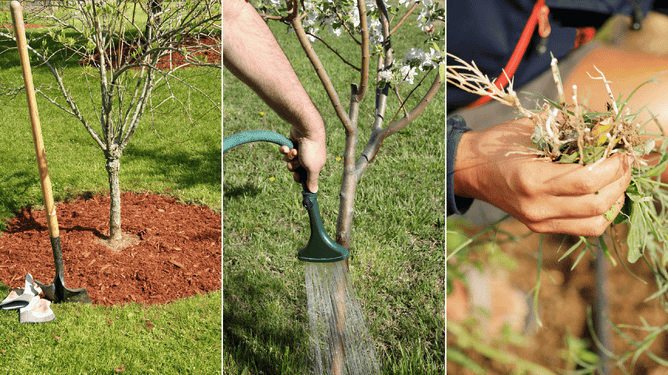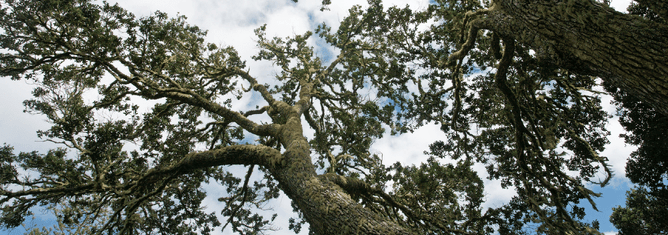Dry periods during the summer months occur more and more often in New Zealand. They affect our habitat, animals, plants, trees and basic needs.
It can sometimes be challenging to ensure that our trees and plants remain resilient in their natural habitats. They can go through a lot during a period of drought.
If you’re concerned about the effect drought can have on your trees, we have gathered all the necessary information on drought damage and symptoms below.
Drought Damage On Trees
1. Wilting leaves
Wilting leaves are one of the trees' most apparent signs of drought stress. It's when the leaves start to drop and curl.
Unfortunately, permanently wilted trees won’t recover at night. They will recover only when extra water is added to the soil. If nothing is done to help the tree, the tree won’t survive.
2. Leaf Shedding
Leaves may drop before the autumn season or from an evergreen because of the drought.
Some trees may be able to produce a second crop of leaves from dormant buds if water becomes available later in the growing season.
3. Consequences On Photosynthesis
Drought will reduce photosynthesis without a constant water source.
Photosynthesis is how plants use energy from the sun to create their food. During photosynthesis, plants take carbon dioxide (CO2) and water (H2O) from the air and soil. It will then release oxygen as a by-product in the air.
Transpiration is the process of water movement into, through and out of the plant. Water lost through transpiration enters the plants through the roots, moves up the stems and exists through openings in the leaves, called stomata. It keeps trees and plants from overheating. Therefore, warm temperatures increase the rate of transpiration.
Also, water is responsible for growth, reproduction and cell structural support. Without water, there will be no growth and low moisture, affecting the tree’s health.
4. Other Visible Symptoms Of Drought
Leaf scorch: The leaves are discolouring, turning brown from the outside and pine needles will appear yellow.
Bark cracks: During extended drought, trees might develop cracks in the bark.
Conifers: They may produce a heap of cones in the second year of a drought.
5. Long-Term Side Effects Of Drought Stress In Trees:
Losing the tree: Leaving dead trees on properties or public areas can pose a significant risk to the people walking by or on the property itself.
Pests: Pests like borers and other invasive pests can spread into the tree. If the trees aren’t treated properly, invasive insects can make their way into nearby trees.
Diseases: Trees affected by drought are more susceptible to mildew, fungus and other infectious diseases. Like pests, they can spread to other trees if not treated properly. Myrtle rust is another fungus disease that can affect myrtle species in New Zealand. This includes pohutukawa, manuka, kanuka and rata.
How To Protect Your Trees From Drought
To protect your trees from drought, you can take several measures to support their health.
1. Mulch
Mulching has so many benefits. When you apply mulch around the tree’s base, it will hold and maintain moisture. So you won’t need to water your trees all the time and will keep the water near the roots where it is the most needed.
It will also regulate the soil’s temperature, keeping it cool during the summer, which is advantageous during drought.
2. Watering Effectively
Rather than shallow watering trees, which can negatively affect the root system, we recommend deep watering the tree's base. Always test the soil before watering trees to check if they need it. You can use two methods to check if your trees:
Use a long screwdriver and insert it into the soil beneath the tree. Your tree will need more water if it’s too hard to push on the ground.
Dig six to eight inches deep and feel the soil. If it’s moist and relaxed, it doesn’t need water. But, if you roll the soil into a ball that crumbles in your hands, it will need more water.
Check out our blog article about Overwatering VS Underwatering Trees to learn more about watering trees.
Watering your trees in the early mornings or late evenings is beneficial for your trees since it reduces evaporation.
3. Weeding Around Trees
When weeds grow around your trees, they compete with your trees for water and nutrients. So removing them will ensure that tree roots have enough water to grow.
If you are concerned about your trees or need to get them inspected, give us a call or fill out our submission form.


